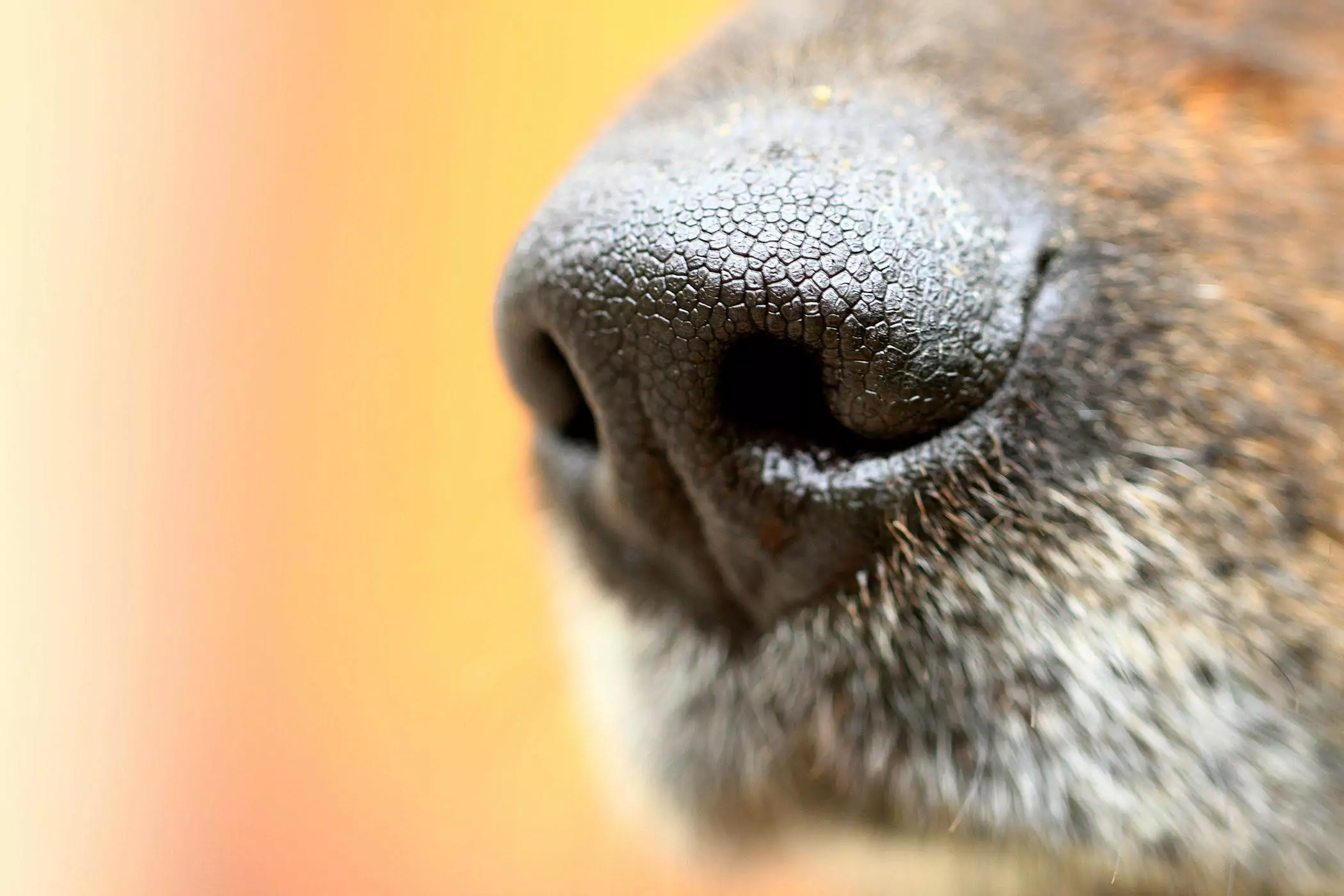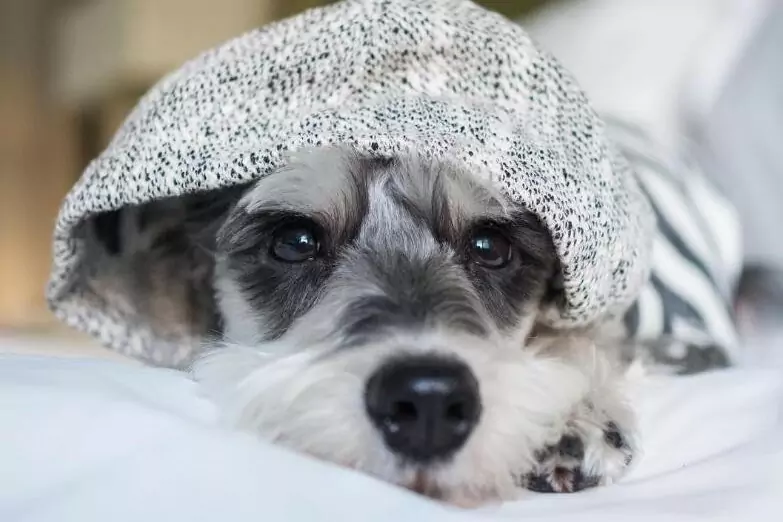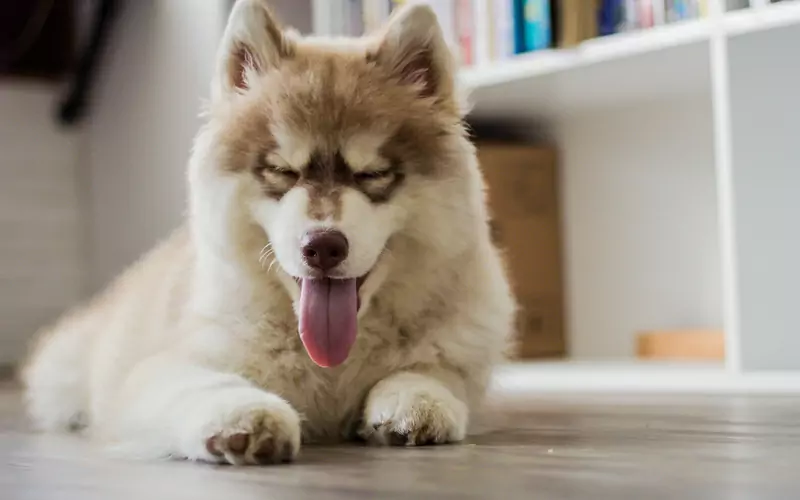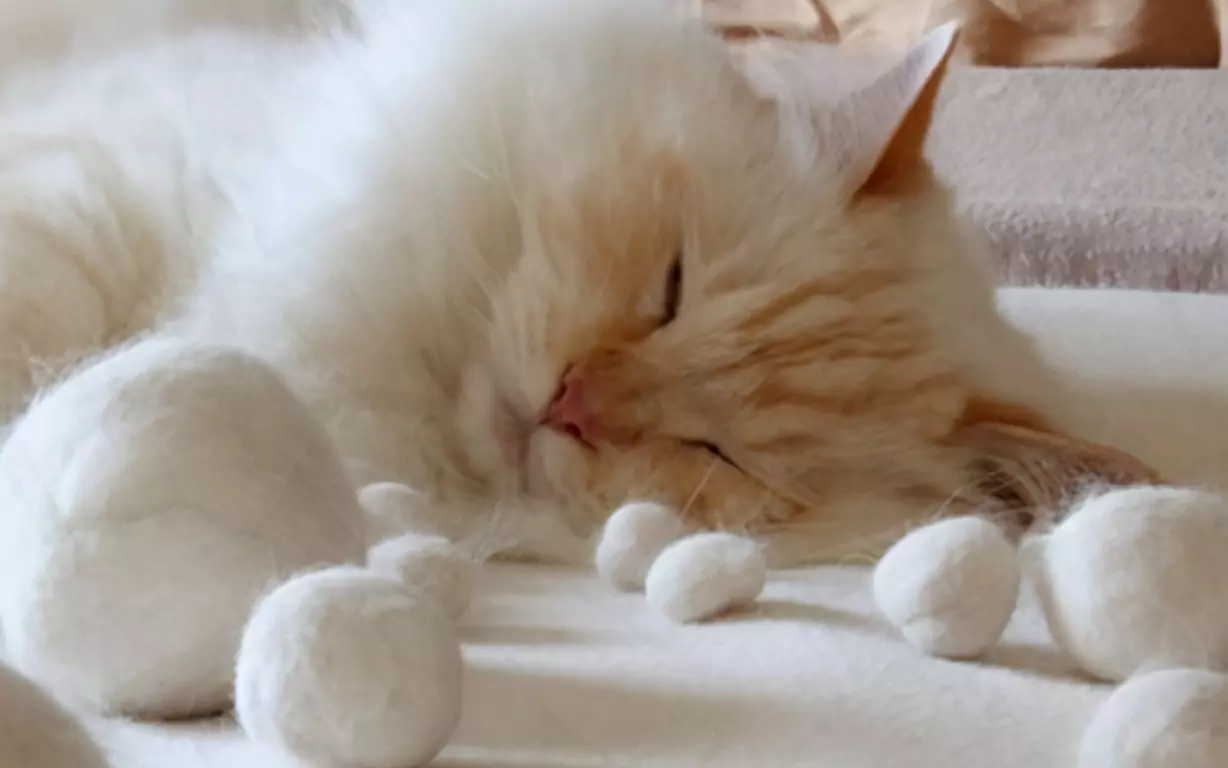How to help cats in the heat
2022-08-04
I. Solutions for cats with mild fever and cold
1. Cats lose heat through the sweat glands of their paws and panting. Help the feverish cat to calm down so the owner can lower the cat's body temperature. Find a cool room, preferably with a slate or tile floor, so it can stretch out and transfer body heat to the tiles.
2銆丳lace a fan on the floor so that cool air can be blown to the body.
3銆両f the cat is tolerant, gently wet dampen the cat's fur with water. You can use a wet cloth or spray bottle to inhibit spraying, evaporation will help cool the cat's body.
4銆丳rovide enough water to the cat
a. Fever may be caused by dehydration and may also cause dehydration. It is very important to provide fresh water for the cat at all times. If your cat has problems drinking water, provide water for your cat through a syringe (without a needle). Hydration can relieve the symptoms of fever.
b. Cats with fever will not want to get up and walk around, so make sure there is drinking water and the owner can wipe the cat's gums clean with warm water.
c. In addition to water, febrile Gatorade or children's electrolyte solutions can be given to cats. These may help restore the cat's electrolyte balance, especially if vomiting or diarrhea, and the owner can use a syringe to get the cat to drink Gatorade.
d. If the cat is dense and resistant to the water in the syringe, the owner tries freezing some water or Gatorade into cubes. The cat may be more interested in licking the ice cubes rather than drinking them.
II. What should I do if my cat is sick and has a fever?
Every season, colds and flu can grow like bacteria, and if you are not careful, you can be targeted by a virus
Feline influenza or upper respiratory infection (URI) is a very common illness that can vary greatly in severity and can sometimes be life-threatening.
In the vast majority of cases, the disease is caused by infection with feline culex virus (FCV) or feline herpesvirus (FHV or FHV-1). Clinical signs include sneezing, nasal discharge, conjunctivitis (inflammation of the inner lining of the eye), ocular discharge, loss of appetite, fever, and depression. Oral ulcers, coughing, excessive salivation, and ocular ulcers may also be seen. Younger cats, older cats, and cats with weakened immune systems are more susceptible to serious illness and may die as a result of their URI, usually due to secondary infections (e.g. pneumonia), lack of nutrition, and dehydration.
What cats are at risk for upper respiratory infections (URIs)?
URIs are common because the causative virus is widespread in the cat population. Typical risk factors include.
Cats are kept in large groups or enclosures, such as breeding catteries, rescue centers, and stray cat shelters - in these cases, the virus is easily spread
Cats that have not been vaccinated
Young cats
Older cats and cats with weakened immune systems (e.g., cats with leukemia (FeLV) or feline AIDS (FIV) infection, or cats on immunosuppressive therapy) are more likely to develop serious diseases.
Causes of URI in cats
Most URIs in cats are caused by one or two feline influenza virus infections.
Feline herpesvirus (FHV or FHV-1, formerly known as a feline rhinotracheitis virus)
Feline culex virus (FCV)
These two viruses are thought to be responsible for more than 90% of URIs in cats. Other important organisms that may be involved in some cases include
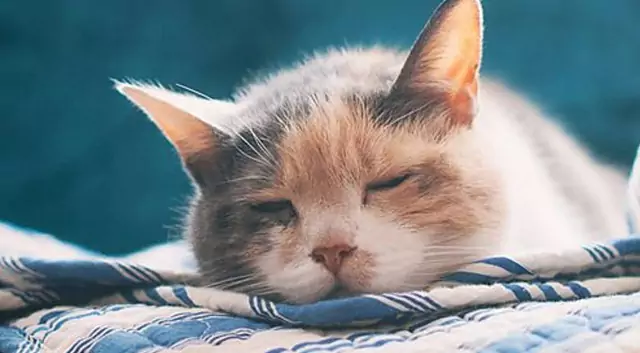
Bordetella bronchiseptica (may be the cause of sneezing, nasal discharge, and sometimes coughing - important in some cases of colonization)
Chlamydia (this is primarily the cause of eye disease - conjunctivitis)
Clinical signs of URI
The incubation period after FCV or FHV infection is usually only a few days (2-10 days). After this period, typical clinical symptoms develop including
Sneezing
Nasal discharge
Discharge from the eyes
lethargy
Loss of appetite
Fever
The severity of these symptoms varies widely - in some cats the symptoms are very mild and transient, in others they can be very pronounced and severe. There are some differences in the clinical presentation of the two viruses, but these are not sufficient to distinguish them from clinical signs.
FHV infections tend to be more severe, often causing more pronounced conjunctivitis (eye infection and ocular discharge), and corneal ulceration (a distinct part of the eye in front of the eyes.) FHV may also cause severe pharyngitis leading to anorexia; inflammation of the trachea; and cough.
FCV infection is usually milder, with less pronounced or less severe ocular signs, but FCV often causes ulceration of the tongue (sometimes the palate or lips.) FCV may cause transient arthritis (weakness of the legs and feet), usually in young kittens, and very young kittens may cause severe viral pneumonia.
Although FCV and FHV are viral infections, secondary infections with bacteria are common and can lead to rhinitis (nose infections) conjunctivitis, and even lung infections. Although most cats will recover from URIs, they can sometimes be life-threatening and recovery can take several weeks in cases of severe infection. Some cats may also be left with permanent damage to the nose and may have persistent or recurrent runny noses (so-called "chronic rhinitis").
In rare cases, a more severe and often fatal form of FCV infection may occur. This is associated with a specific strain of highly virulent virus, called "virulent systemic FCV" infection. Fortunately, such infections are very rare (see: Feline culex virus (FCV) infection).
Diagnosis of URI
Your veterinarian's diagnosis is usually based on the typical signs associated with a URI and the exclusion of other causes. It is possible to confirm the diagnosis and investigate which virus is involved, but this is usually not necessary.
Testing for FCV or FHV involves collecting oral or ocular swabs, which are then sent to a specialized veterinary laboratory. Here, the virus can be identified by culture or by PCR testing (molecular testing to show the presence of viral genes).
Treatment of URI
The management of URIs is primarily symptomatic and supportive. Your veterinarian may want to do some additional testing if they are concerned about the extent of the disease (e.g., the possibility of pneumonia) or if they are concerned about complications (e.g., infection with FIV or FeLV).
Antibiotics are used to treat secondary bacterial infections and to try to reduce the damage caused by the infection. If the nasal congestion is severe and breathing is difficult, your veterinarian may also recommend steam inhalation or a spray to allow more fluid to be expelled and more easily relieved by sneezing.
Affected cats are usually reluctant to eat. They have a poor sense of smell and their food may not be fresh. Using soft, highly aromatic foods (e.g. kitten food, dried minnows) that are mild and inviting will help attract cats. However, if the anorexia is severe, your cat may need to be hospitalized so that your veterinarian can provide food through a feeding tube. This can be important, as malnutrition can severely affect the disease and slow healing. If your cat is not ingesting, intravenous fluids may also be needed to avoid dehydration. Analgesics may also be needed.
Interferon is a protein produced in the body, in part, to help fight viral infections. Injectable interferon can be used as supportive therapy (high-dose recombinant human interferon or recombinant feline interferon) - there is evidence that this may be beneficial, but it may need to be given early in the disease for best results.
Several topical antivirals can help treat FHV-associated eye disease (e.g., trifluralin, idoxuridine, and cidofovir). More recently, a drug used to treat human herpesvirus infections, famciclovir, is safe and effective in cats when administered orally. This is an important step in the management of severe FHV infections in cats.
General care is also important - damp absorbent cotton should be used to gently wipe away drainage from the eyes and nose and to keep the cat warm and comfortable.
Was this article helpful to you?
Other links in this article
English:
How to help cats in the heat
Deutsch:
Wie man Katzen in der Hitze hilft
español :
Cómo ayudar a los gatos con el calor
Italiano:
Come aiutare i gatti con il caldo
Nederlands:
Hoe katten te helpen in de hitte
Polskie:
Jak pomóc kotom w czasie upałów
Português:
Como ajudar os gatos no cio
português (Brasil):
Como ajudar os gatos no calor
русский:
Как помочь кошкам в жару
日本語:
暑さに弱い猫を助けるには
中文简体:
如何帮助处于高温的猫
中文繁体:
如何幫助處于高溫的貓
Comments
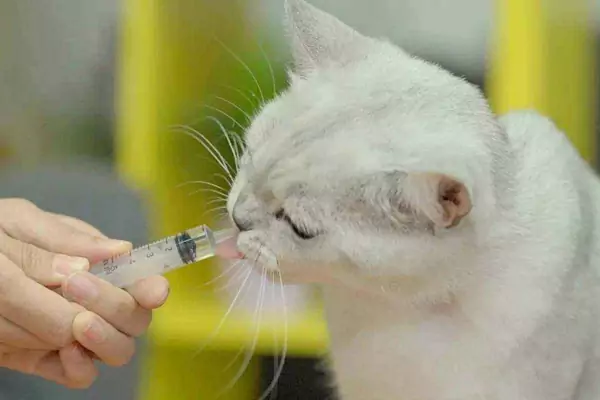
How do I get my cat to take medication?
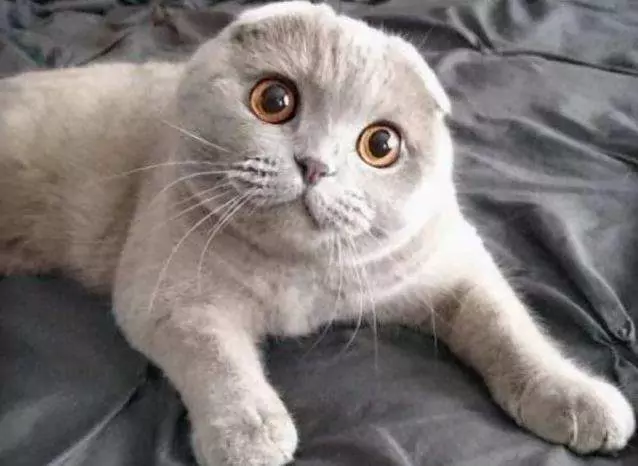
How long can cats live? Symptoms of cats before they die
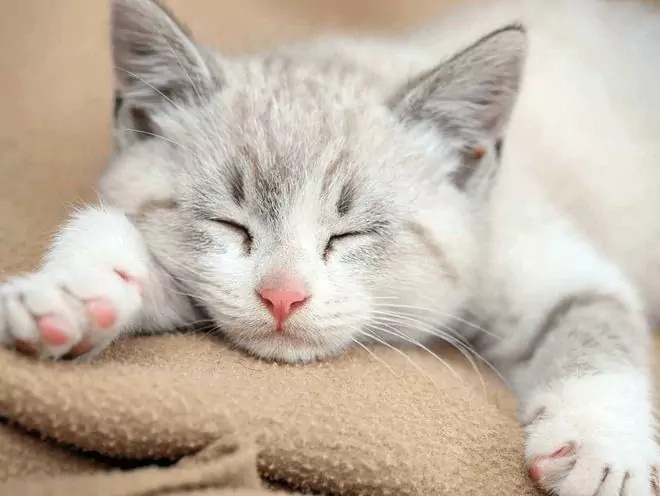
Do cats get colds? What is a cat's cold?
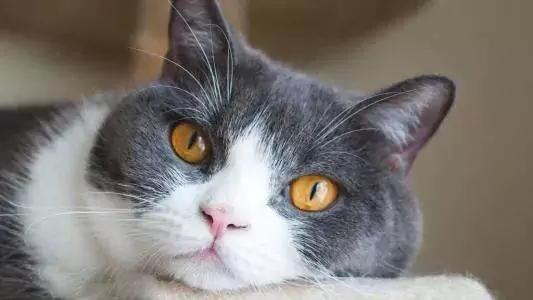
Why do cats sneeze? What are the reasons why cats sneeze?
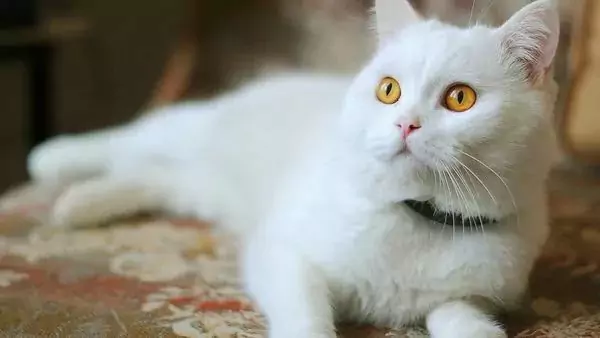
How to get rid of fleas on cats naturally? Why do cats have fleas on their bodies?
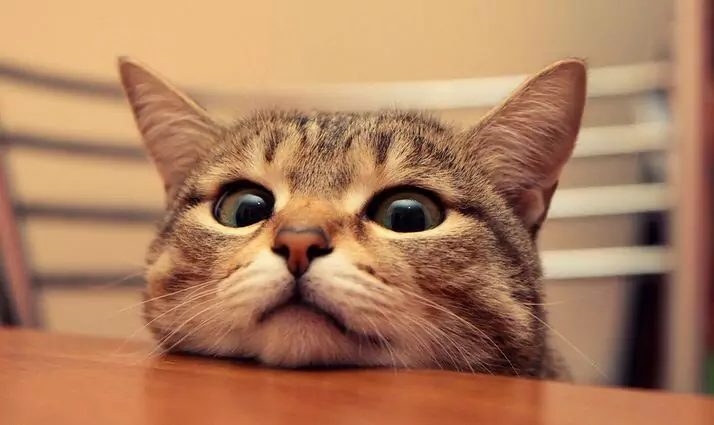
How to check for ear mites in cats
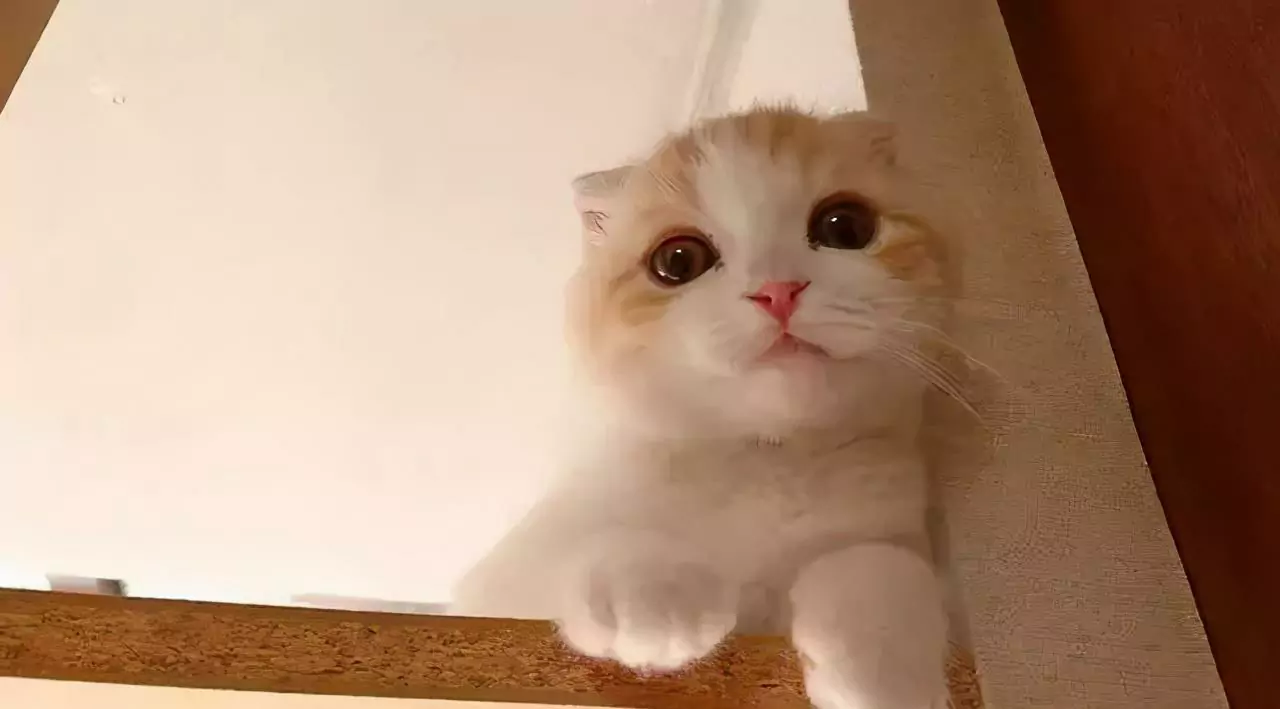
Why do cats vomit? Judging cats based on vomiting
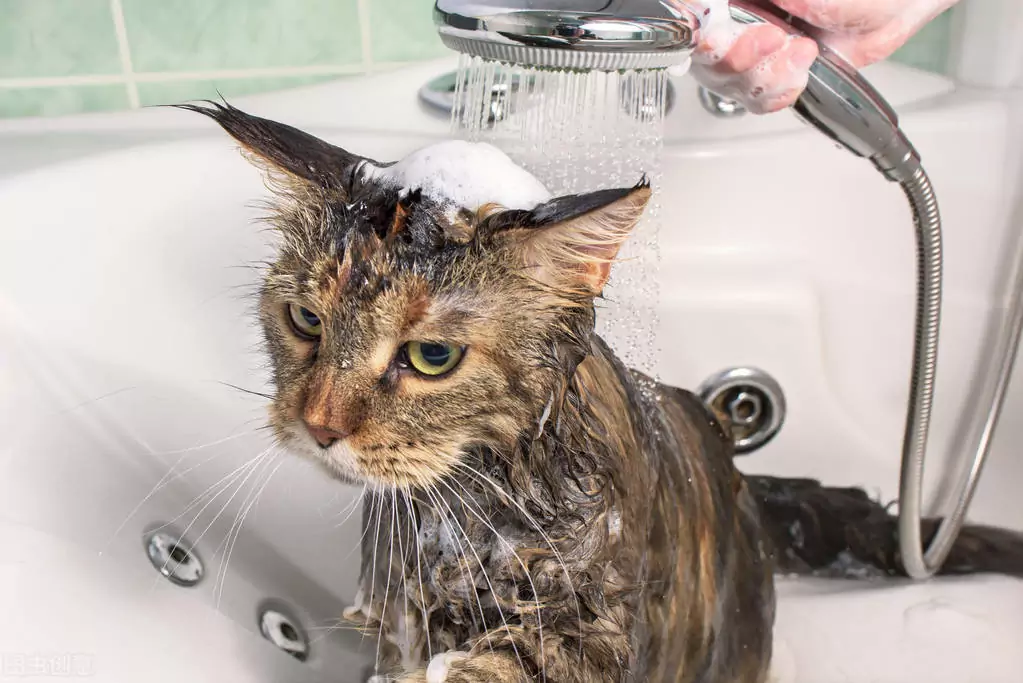
How do get rid of fleas on cats? How can I tell when I have fleas on my cat? How to prevent fleas?
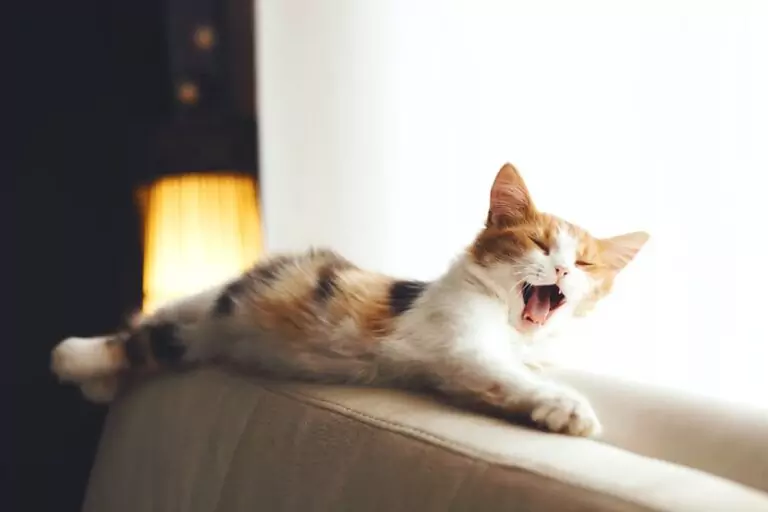
Why does my cat cough
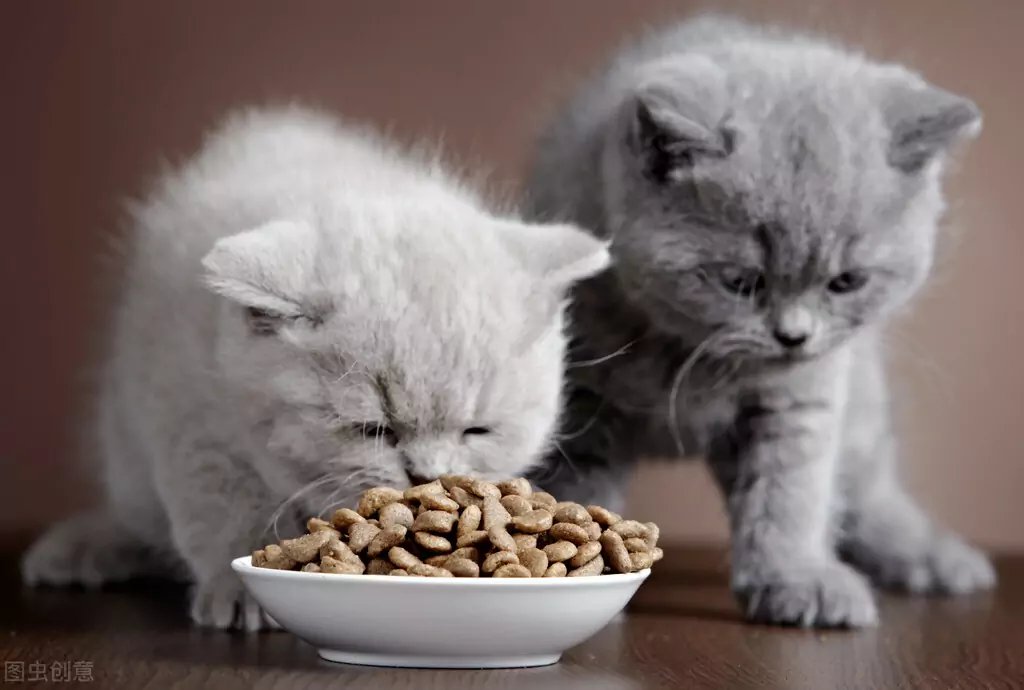
Why does my cat vomit undigested food? Causes of vomiting in cats





